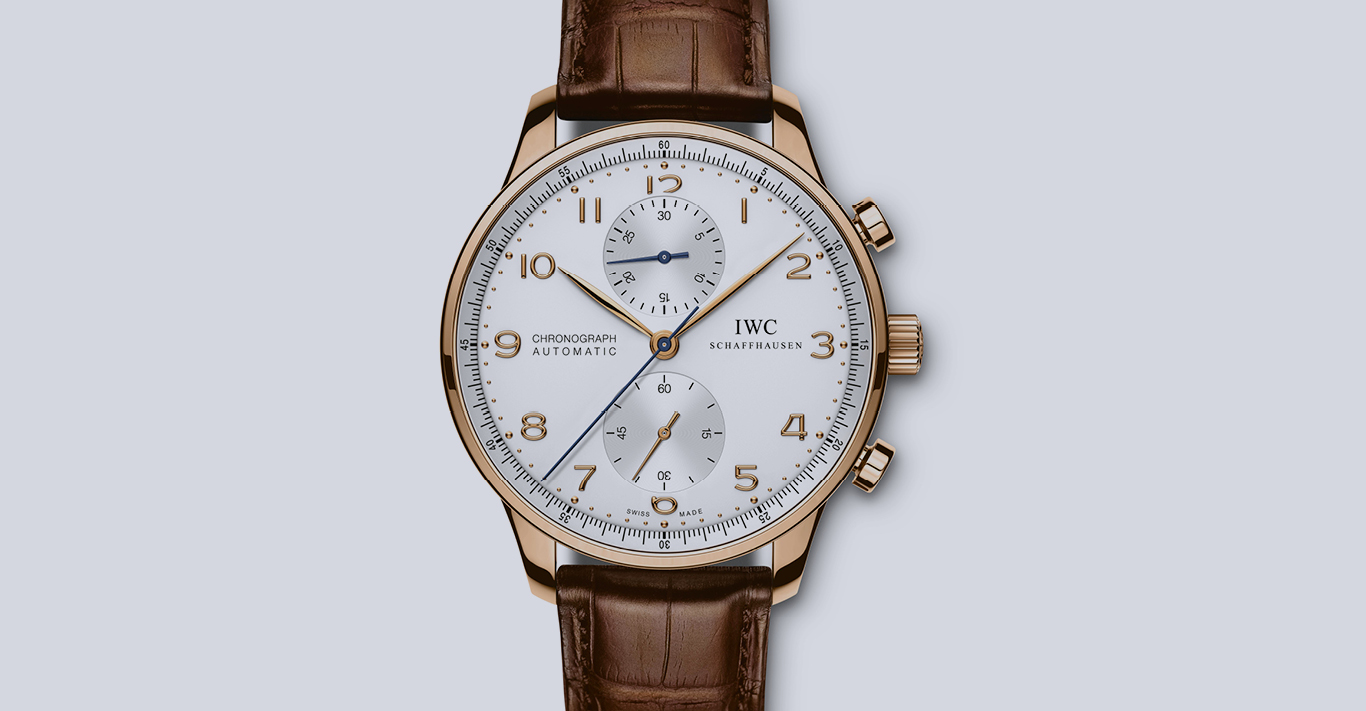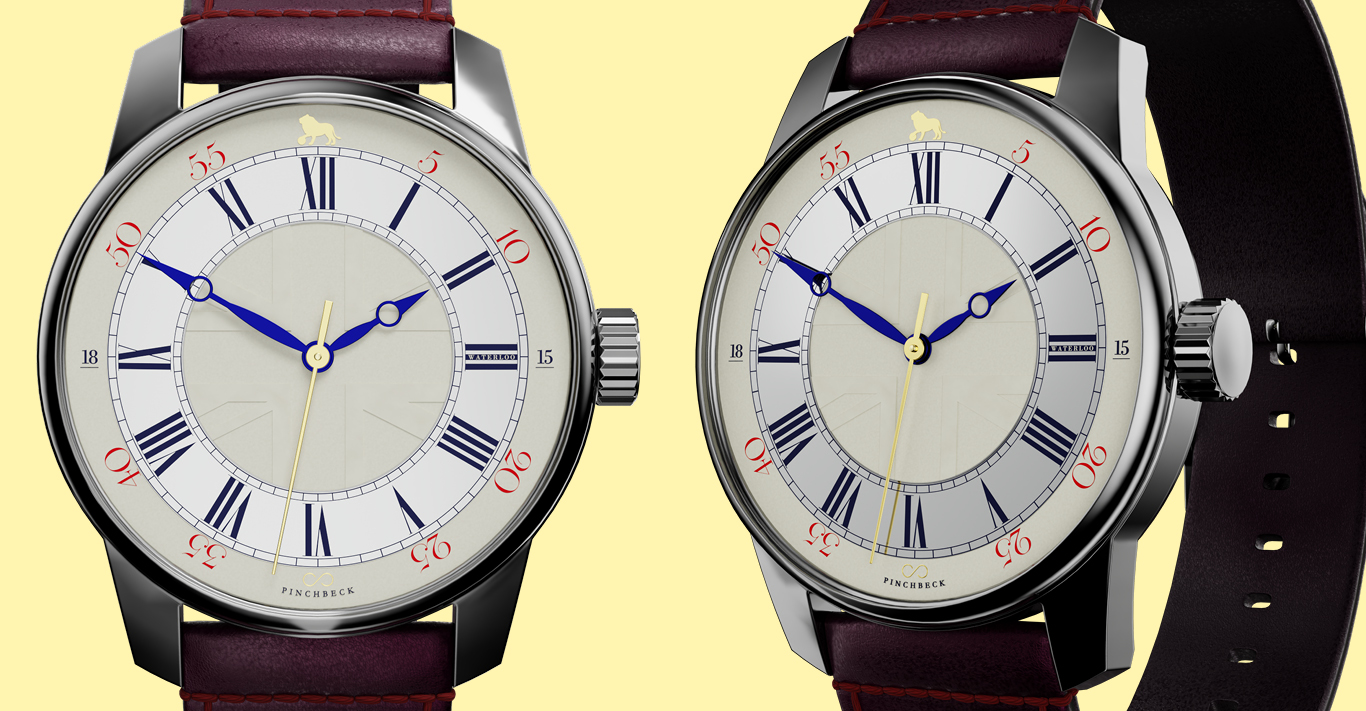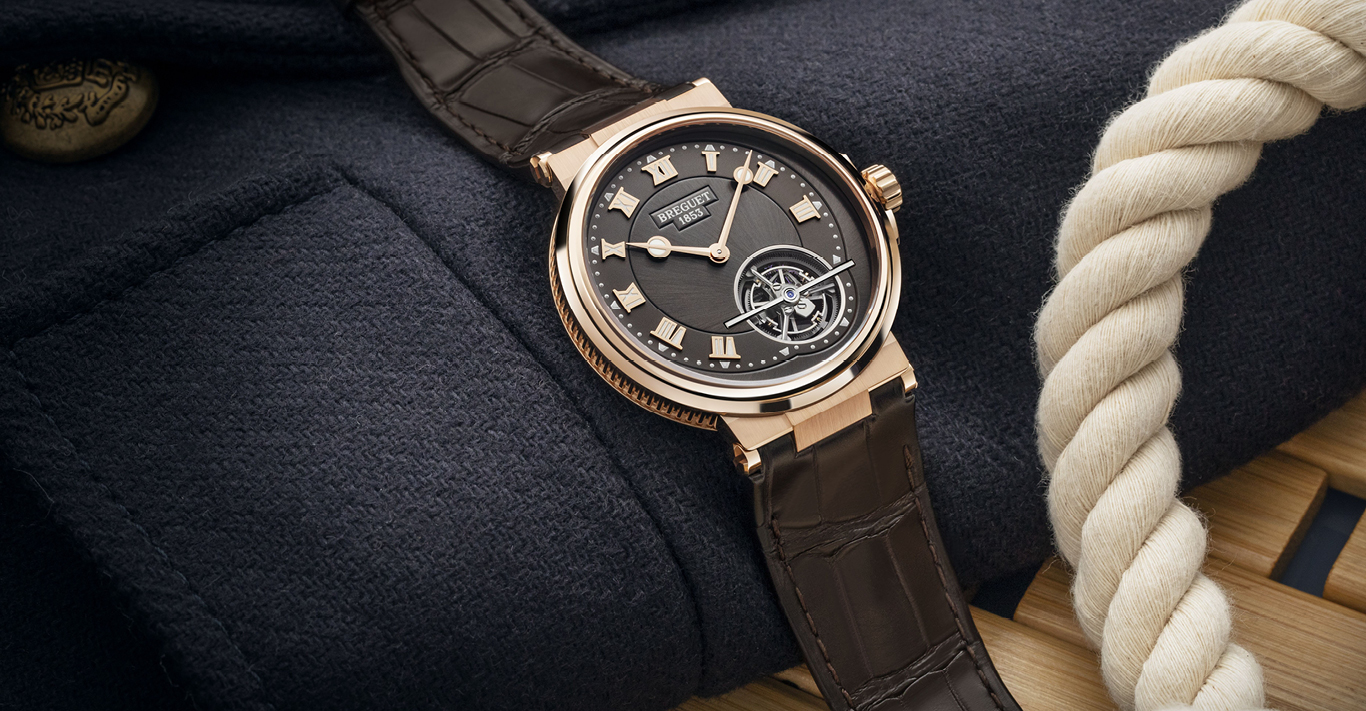Behind every iconic timepiece is a storied history, and the tale of how IWC’s famous Portugieser came into being is more paradoxical than most. The 1930s was a turbulent time for global politics, and the watch industry was not immune to fluctuations in trade during this time. As a neutral state dependent on exports, Switzerland’s economy particularly suffered, and with sales dramatically declining, watchmakers looked to expand their markets and trading opportunities.
Enter Messrs. Rodrigues and Antonio Teixera, two merchants from Lisbon, Portugal. The duo approached IWC in search of a watch that was both fashionable but ran with the precision of a marine chronometer. The result was an elegant timepiece larger than normal for the time, noted down in IWC’s records with the case number ‘Mod. 228’, although it later became referred to as the ‘Reference 325’. While many watchmakers were favouring the popular Art Deco style of the period, this distinctive piece instead drew its inspiration from the modern and pared-back aesthetic of the Bauhaus school of design.
Perplexingly, the first of these watches did not reach Portugal but instead made their way in 1939 to a Ukrainian watch wholesaler, L. Schwarcz, in Odessa. It wasn’t until 1942 that the first deliveries to Portugal were made to wholesaler Pacheco and Rodrigues & Gonçalves in Lisbon, and it took until the 1950s for most of the production of the model to find its way to the country. Once it arrived it didn’t find the popularity it hoped; by the late 1960s the model was being phased out and, despite IWC doing well as a whole, the unused Portuguese cases lay unnoticed.
It was in 1993 that the watch got its due recognition as IWC chose to produce a limited-edition timepiece, the Jubilee Portugieser, in honour of the brand’s 125th anniversary. Modelled on the Reference 325, the coveted timepiece even featured a calibre based on the pocket watch calibre 98 of the original. Buoyed by new demand, shortly afterwards a minute repeater was introduced to the line, followed by a chronograph rattrapante.
However it was 1998 that saw perhaps the most sought-after addition to the family, the Portugieser Chronograph, which has remained an enduring classic thanks to its handsome looks and precision timekeeping. It’s easy to see the appeal; the carefully proportioned dial and elegant embossed Arabic numerals lend a sophisticated and clean aesthetic, finished with the addition of the blue chronograph hand. It was a very wearable 40.9mm diameter, ideal for more slender wrists.
In the decades since, the collection has continued to expand in both remit and popularity, and as the Portugieser enjoys its 80th year it continues to remind us why it is such a timeless design.
SPOTLIGHT ON THE IWC PORTUGIESER CHRONOGRAPH
‘An icon in its own right, the IWC Portugieser Chronograph is a timepiece which has become so synonymous with the elegance of the brand as a whole. A clean aesthetic ensures it appeals to a wide range of clients, many of whom develop a real love of the entire IWC collection.’
Keith Parrett, IWC Ambassador, DMR London




